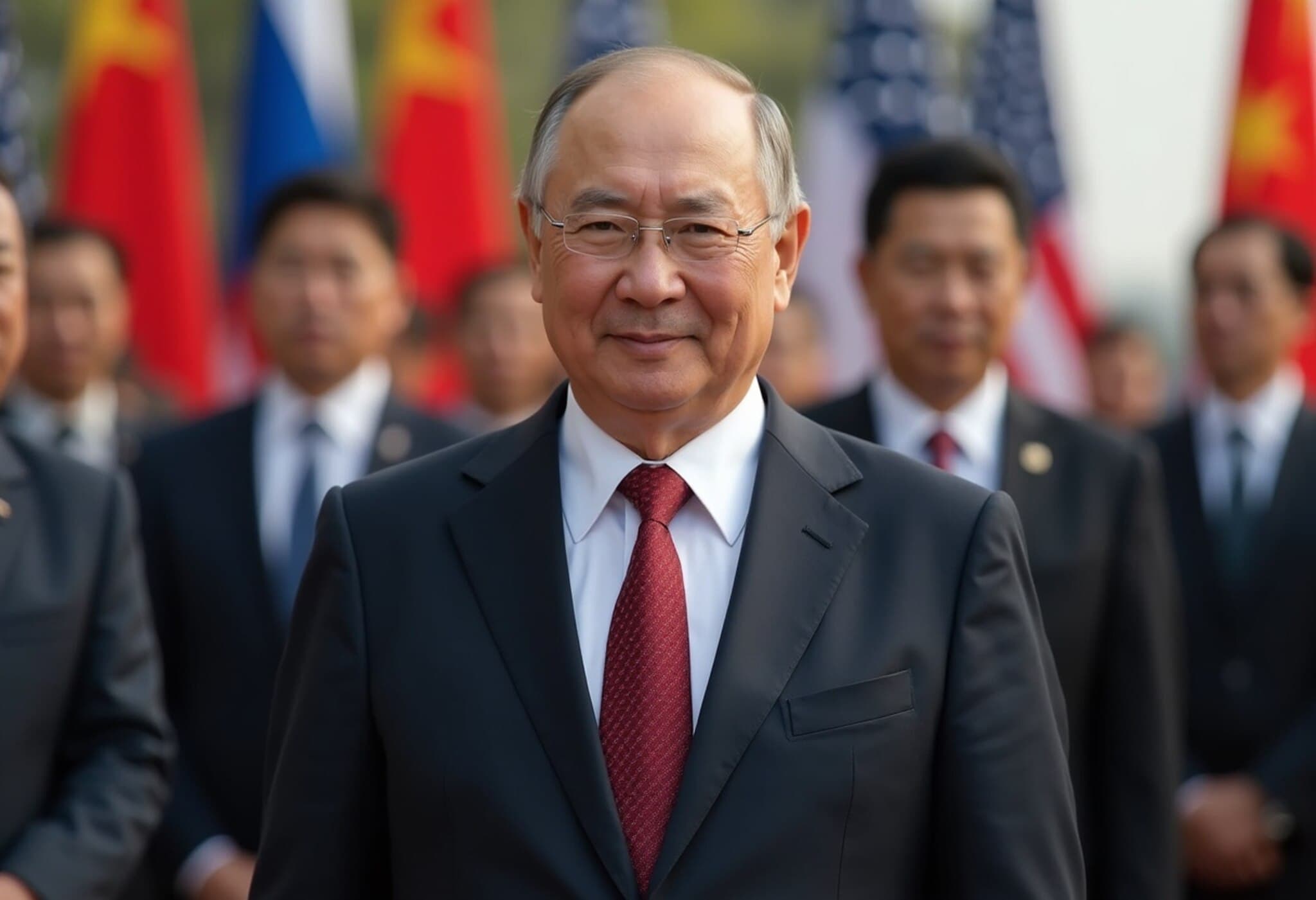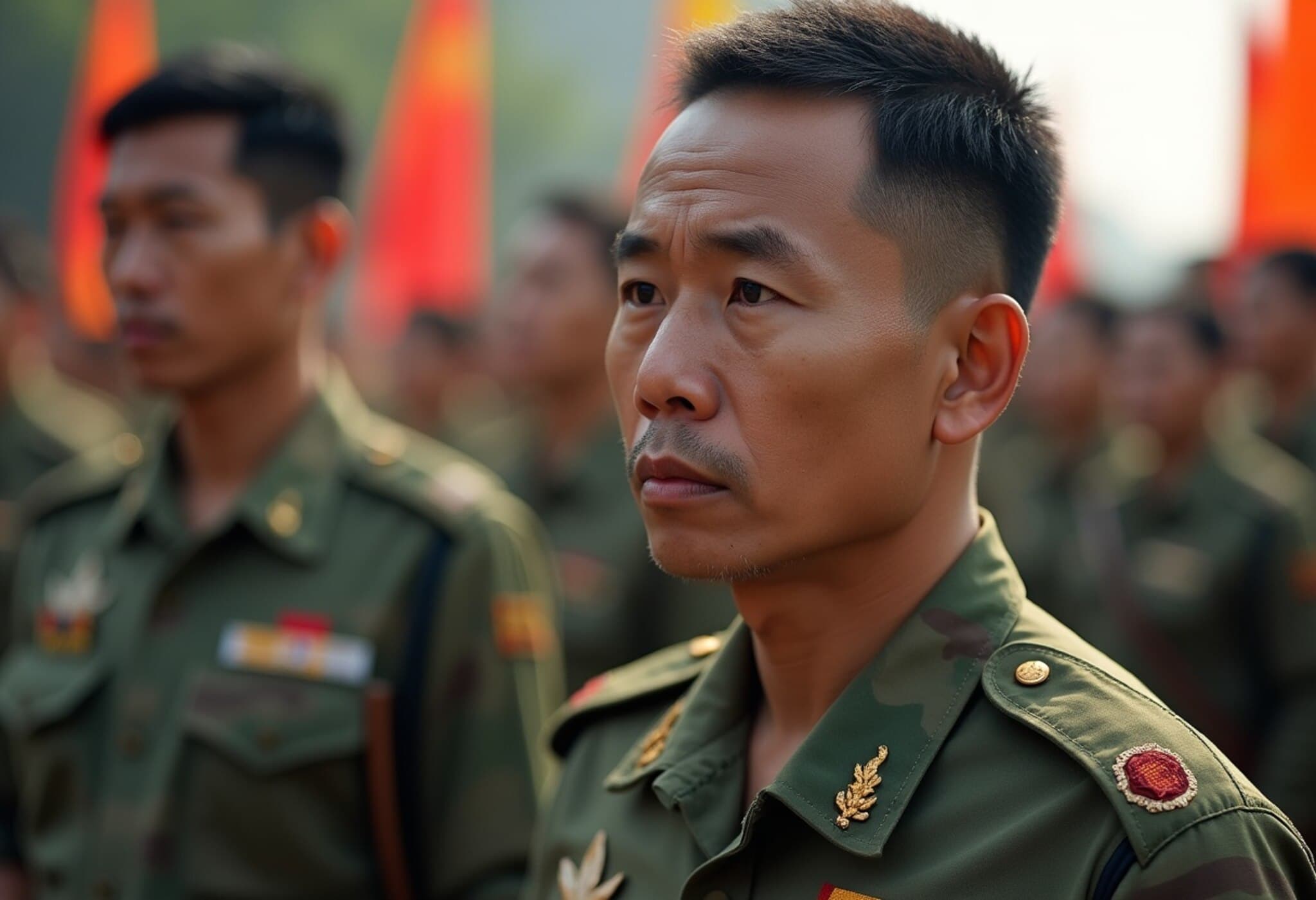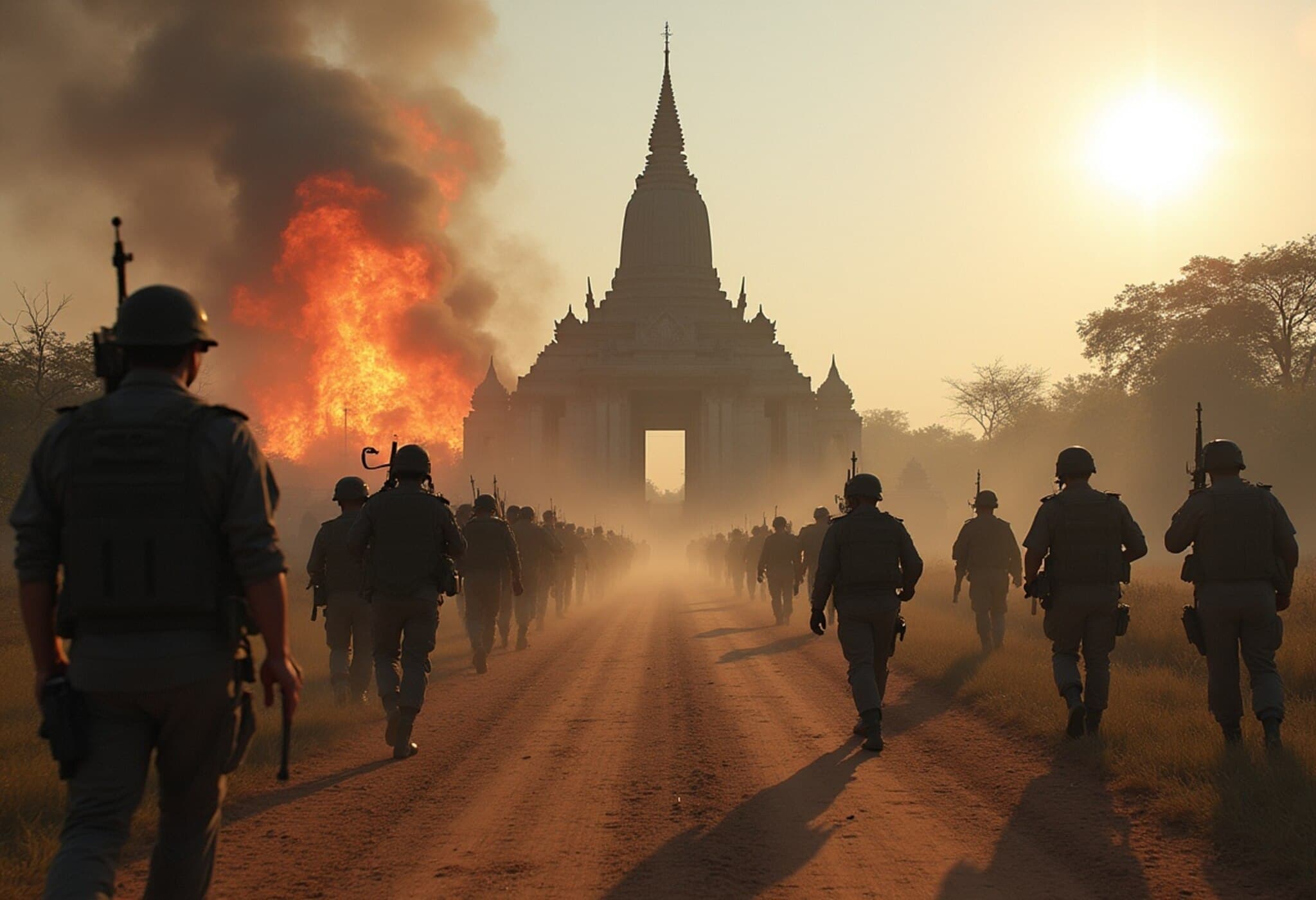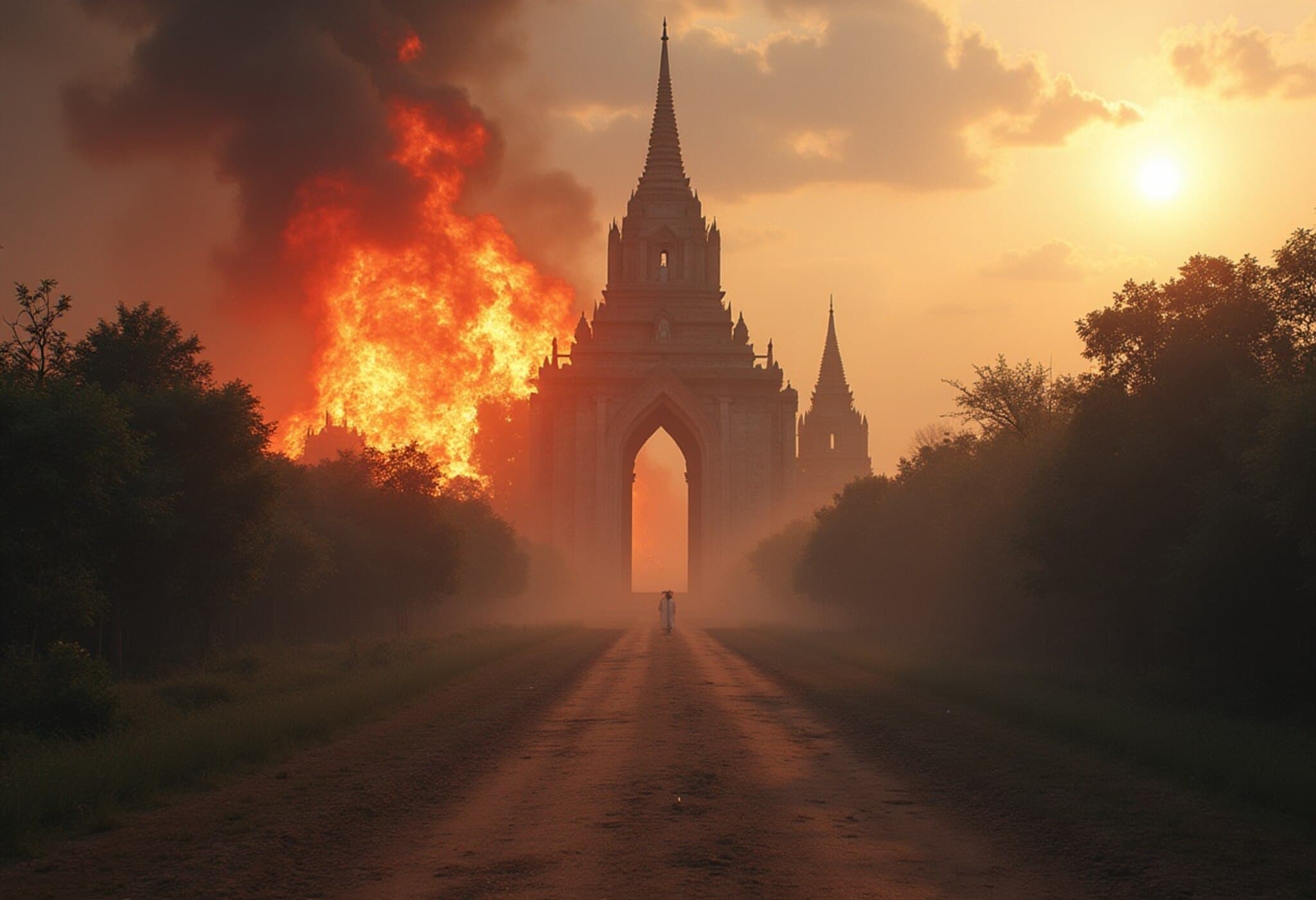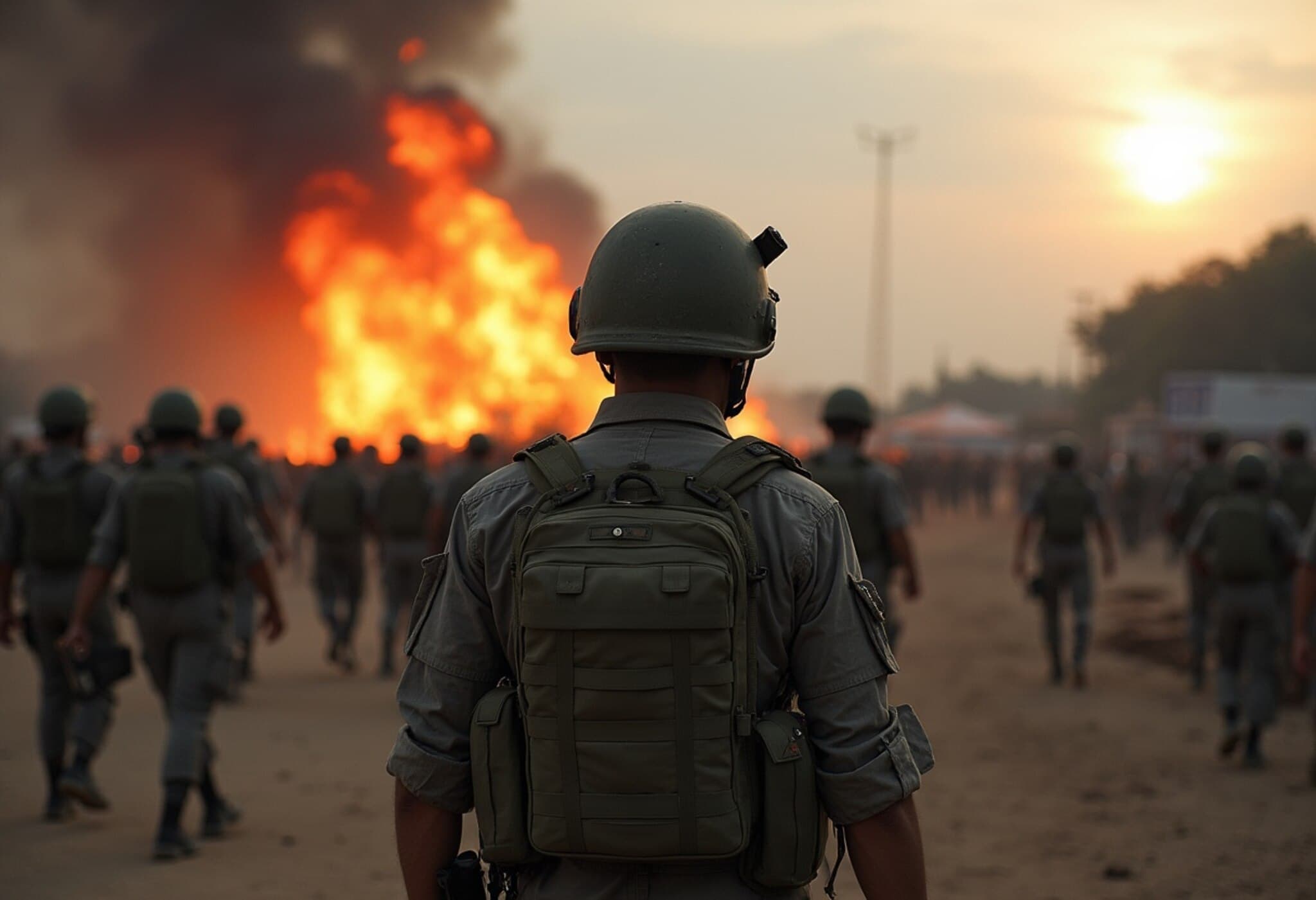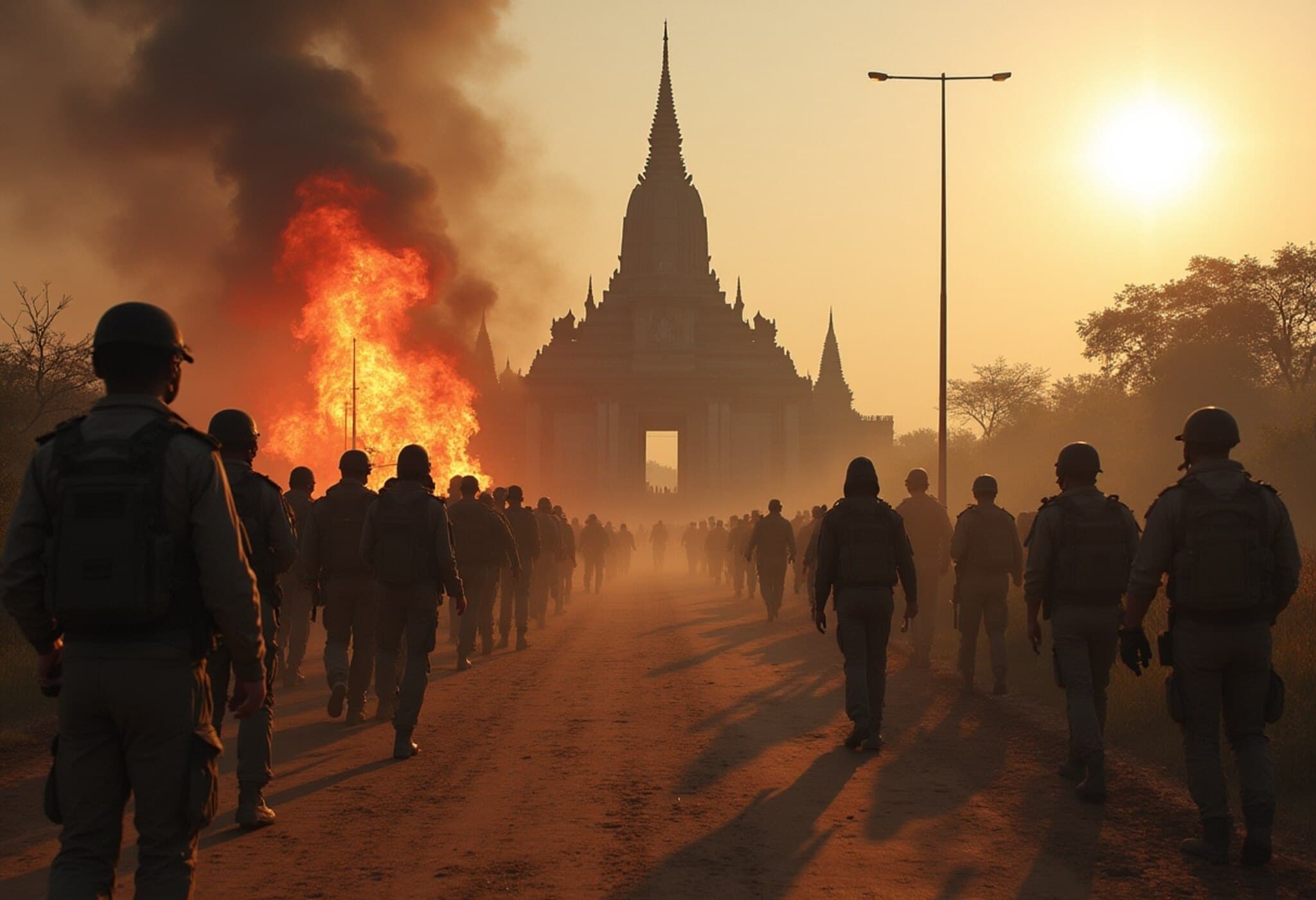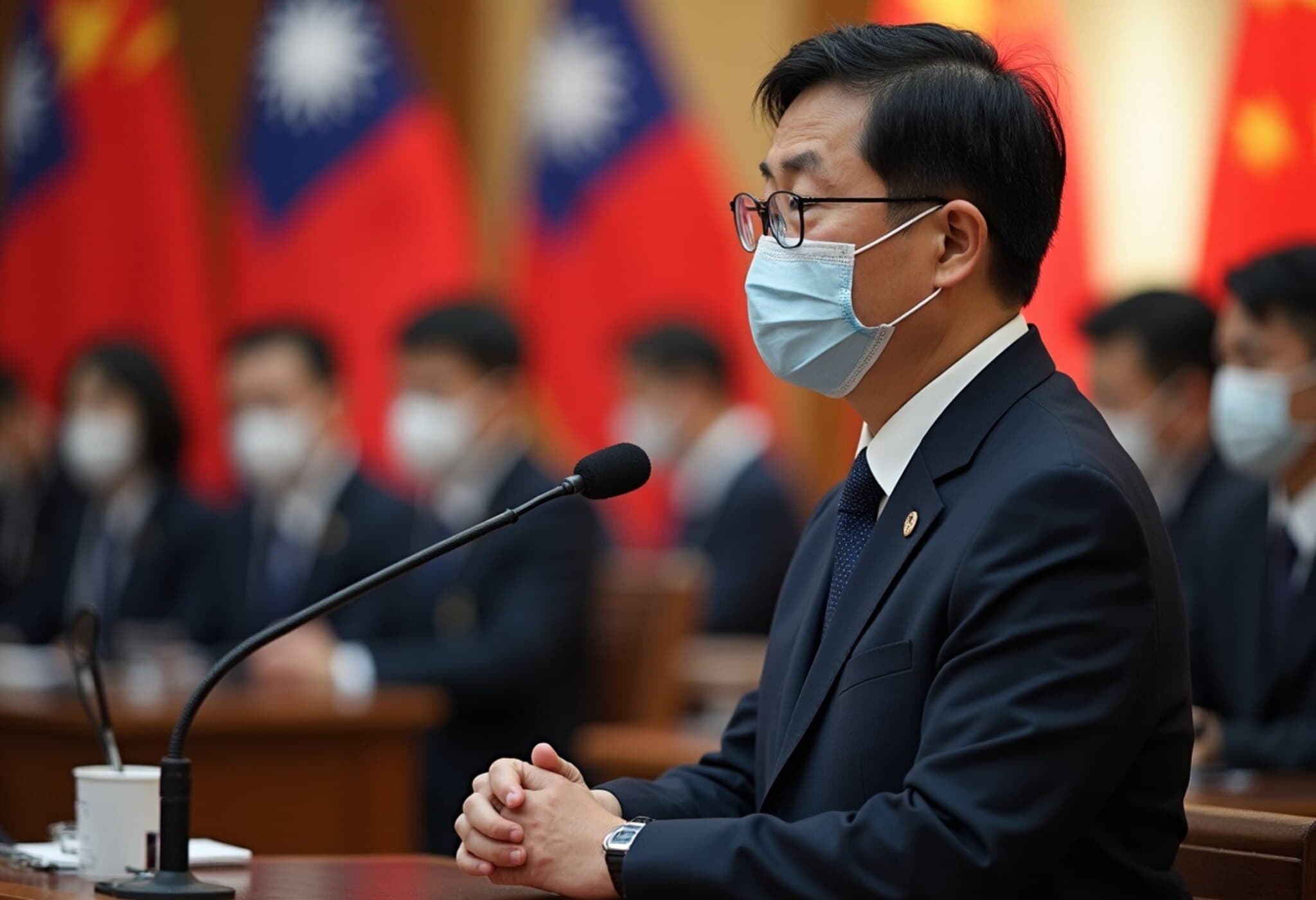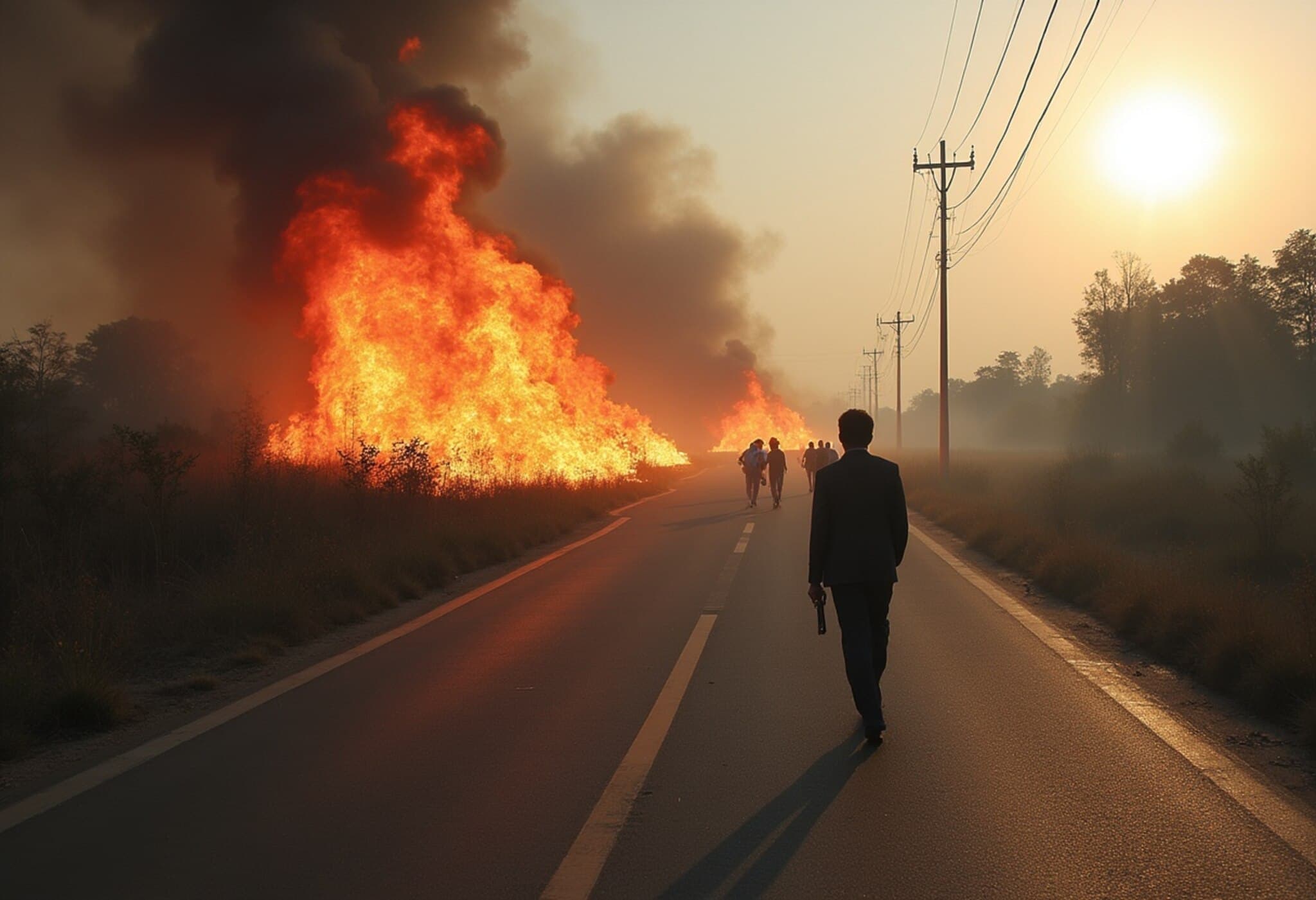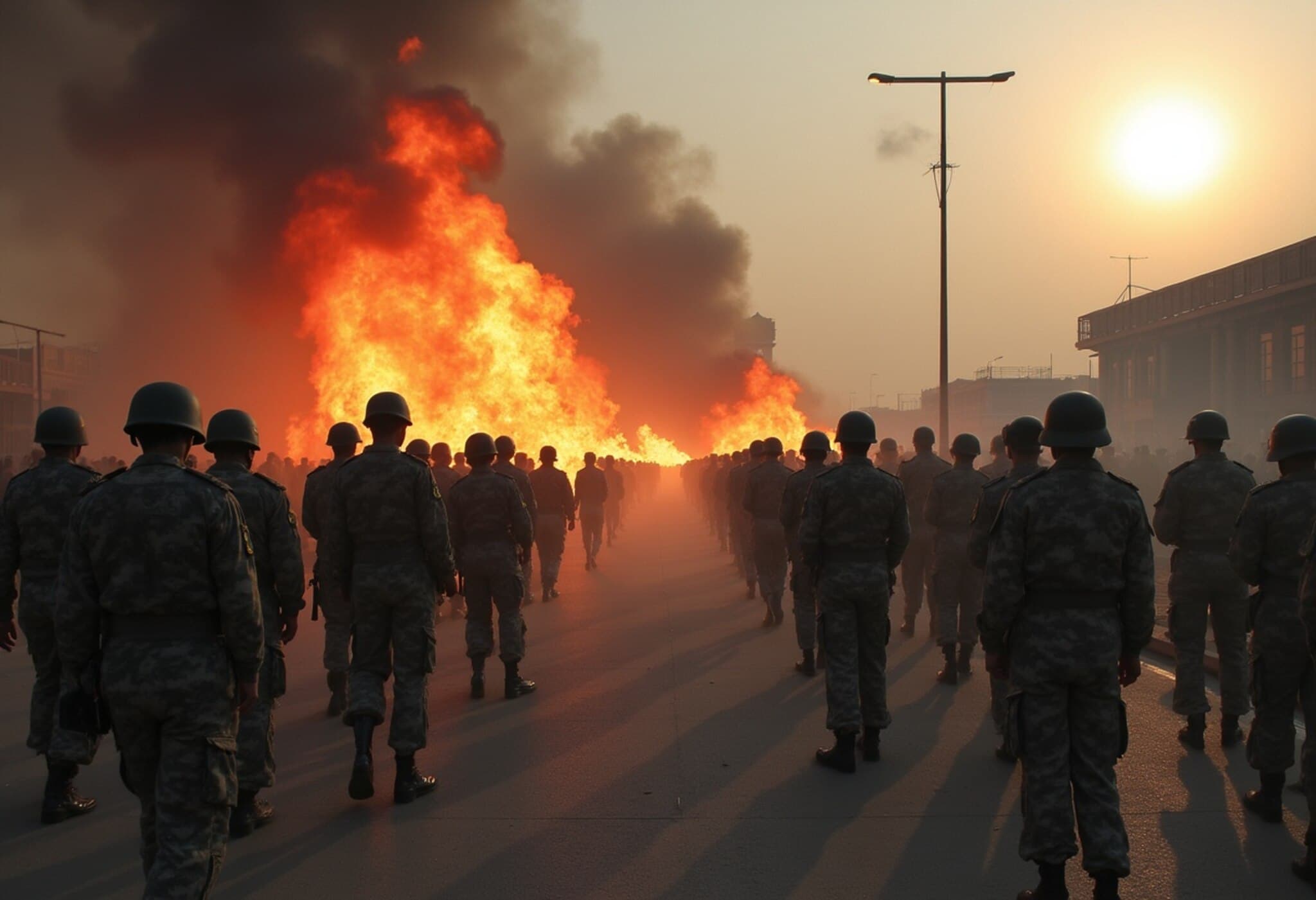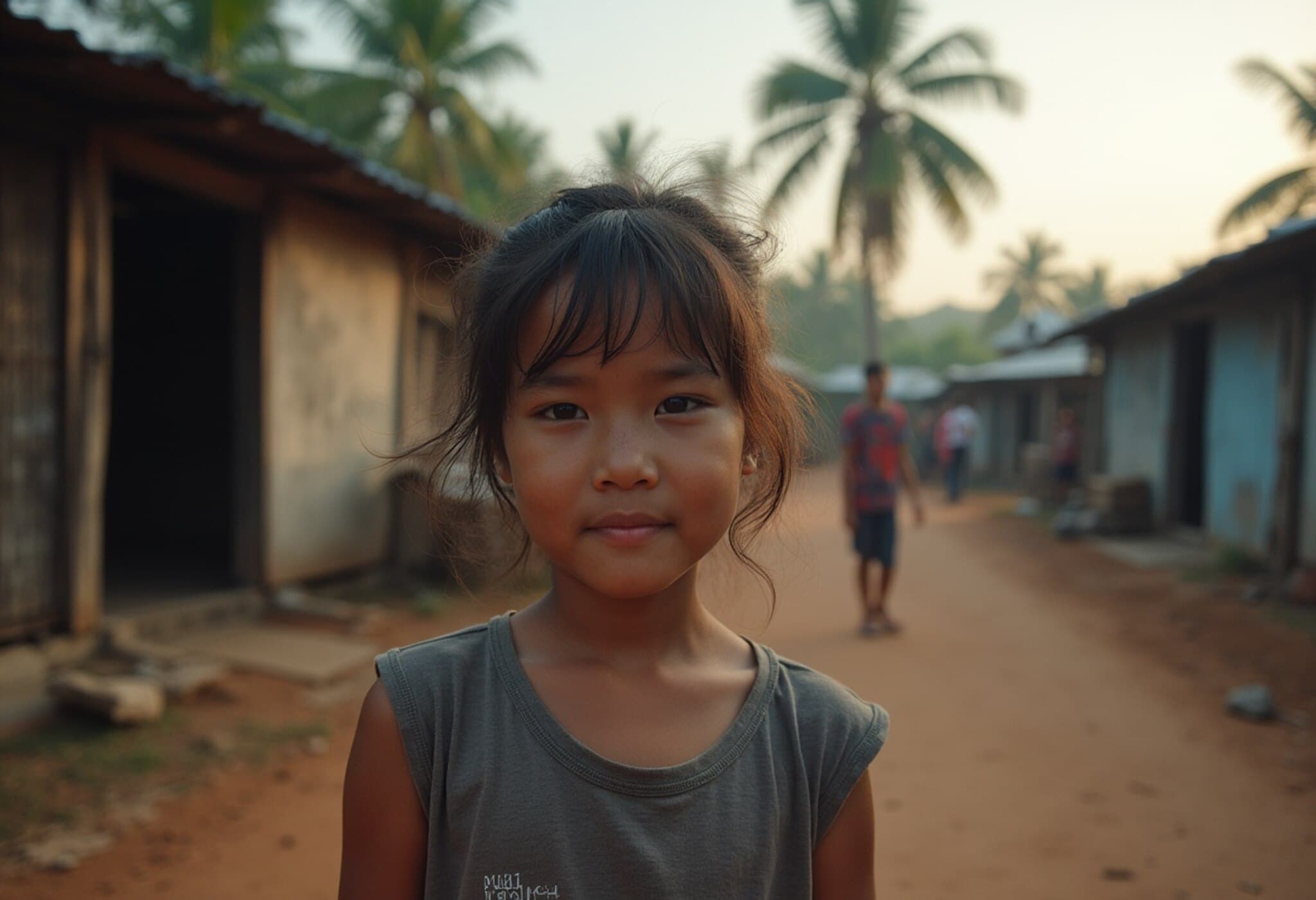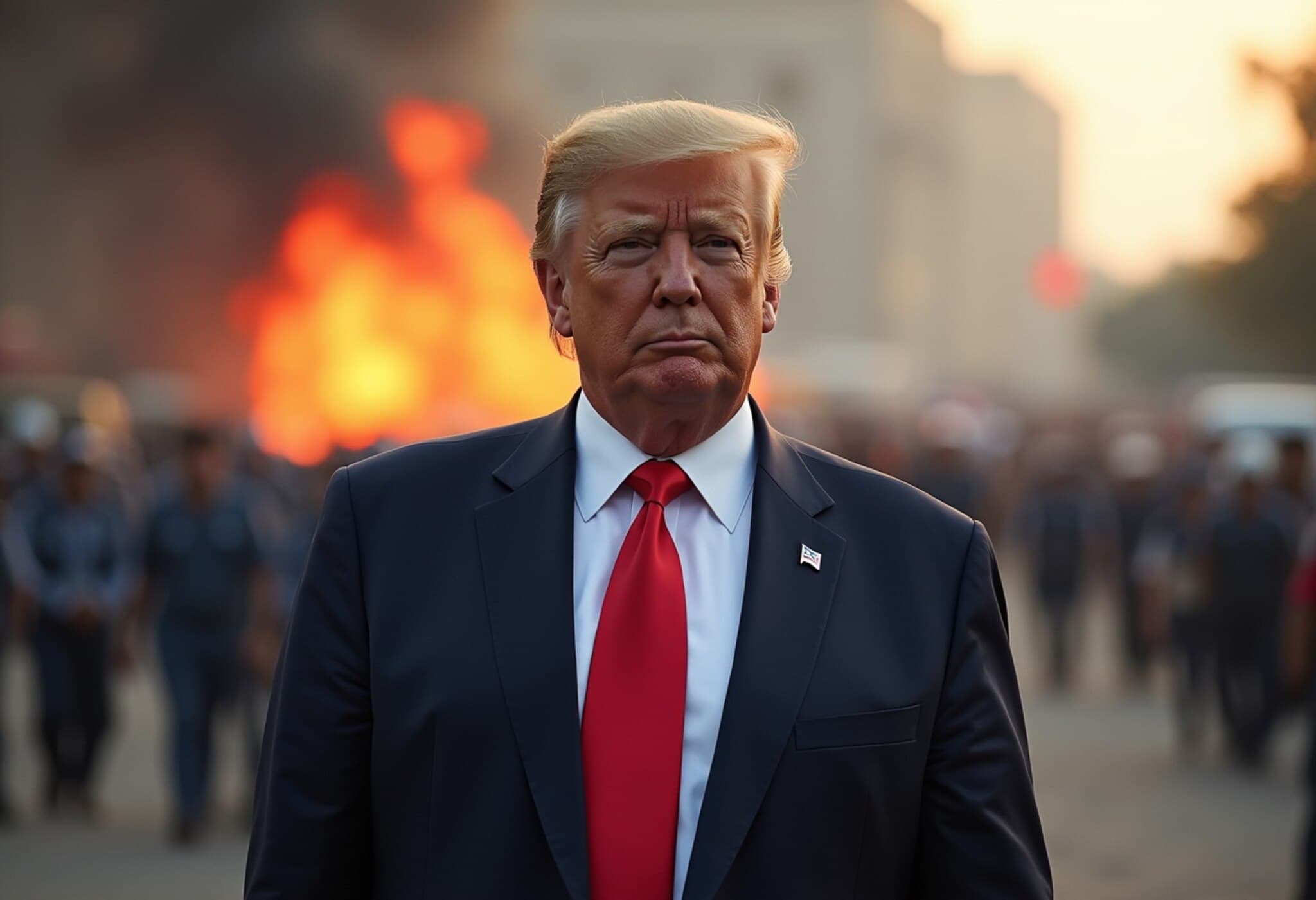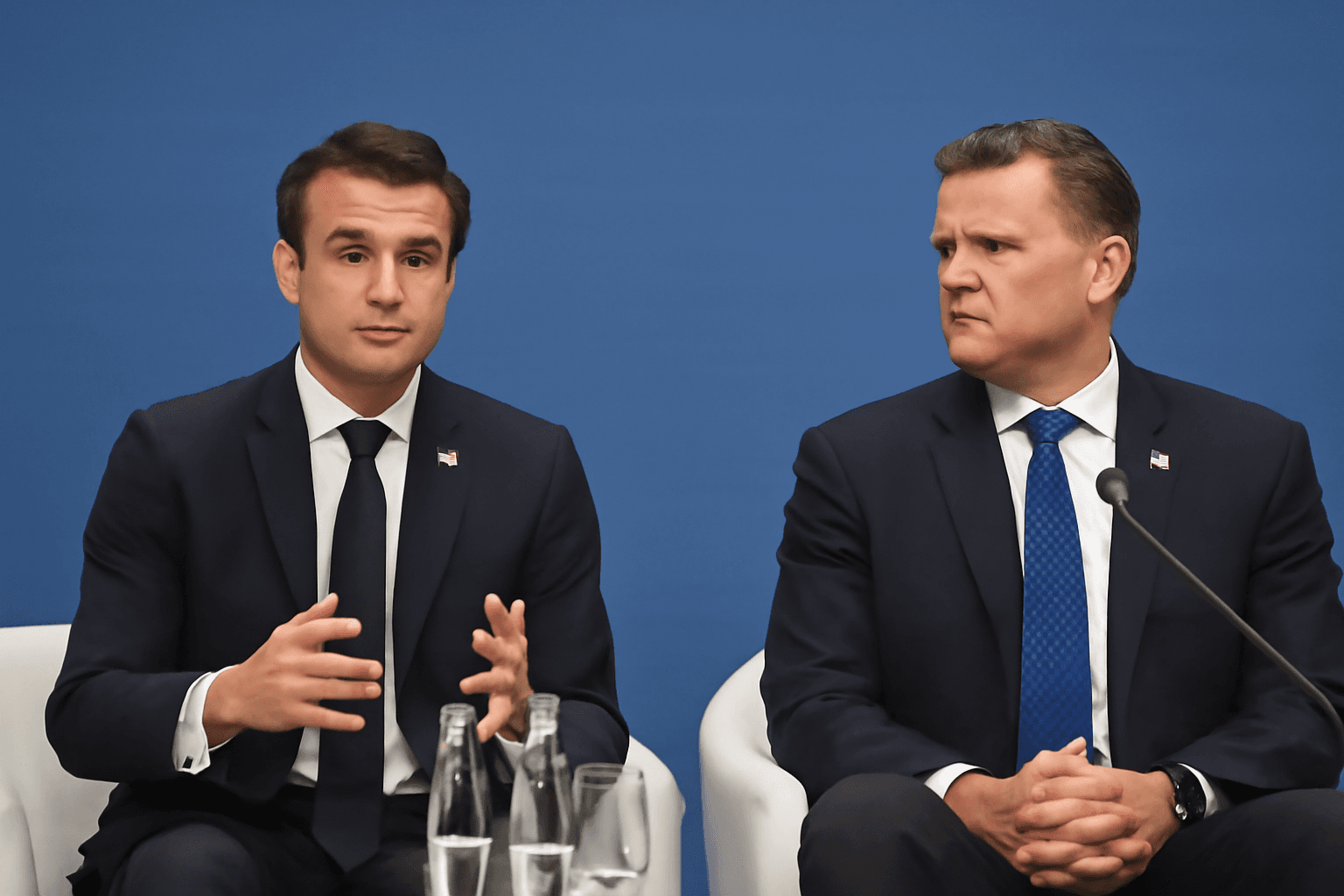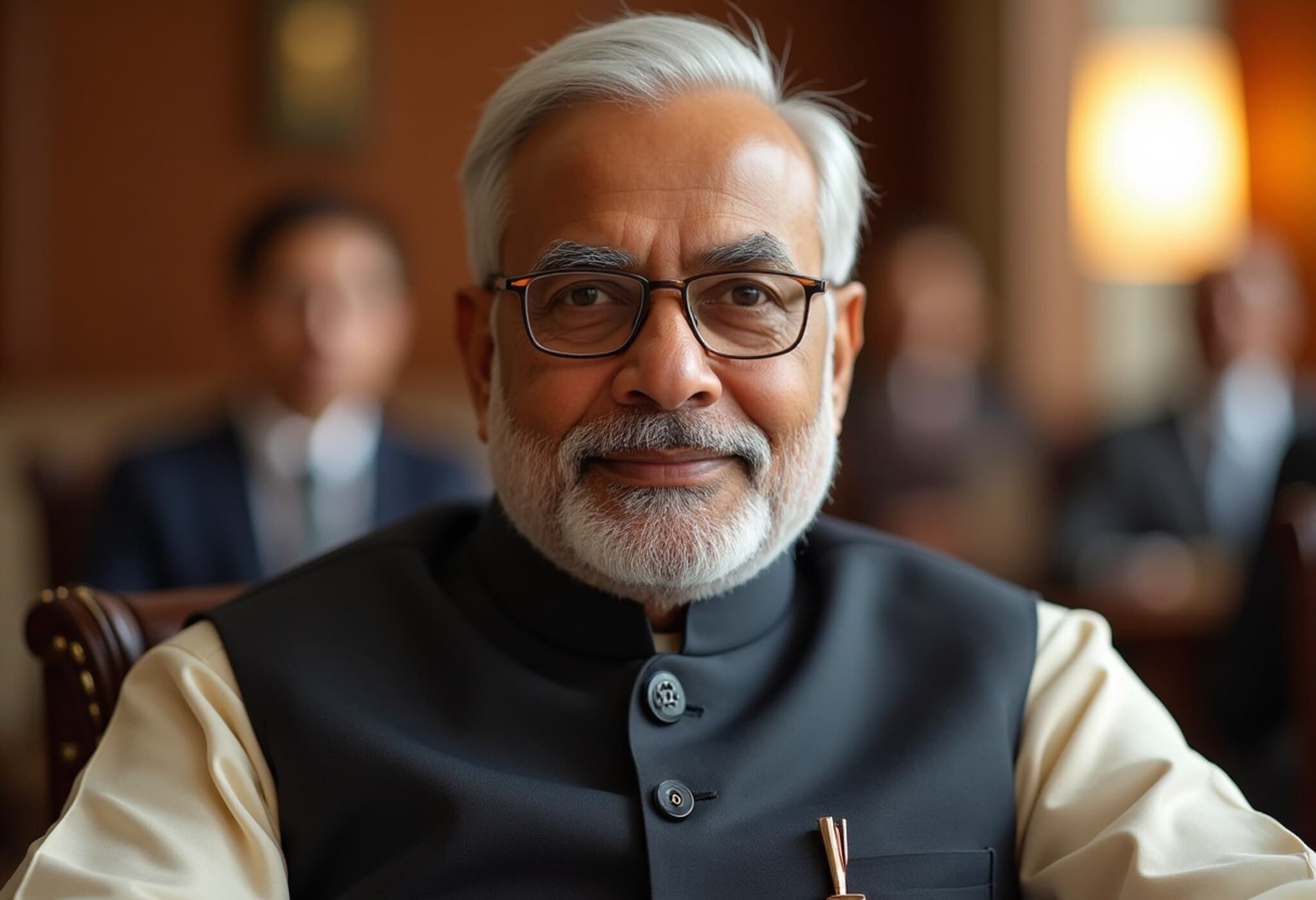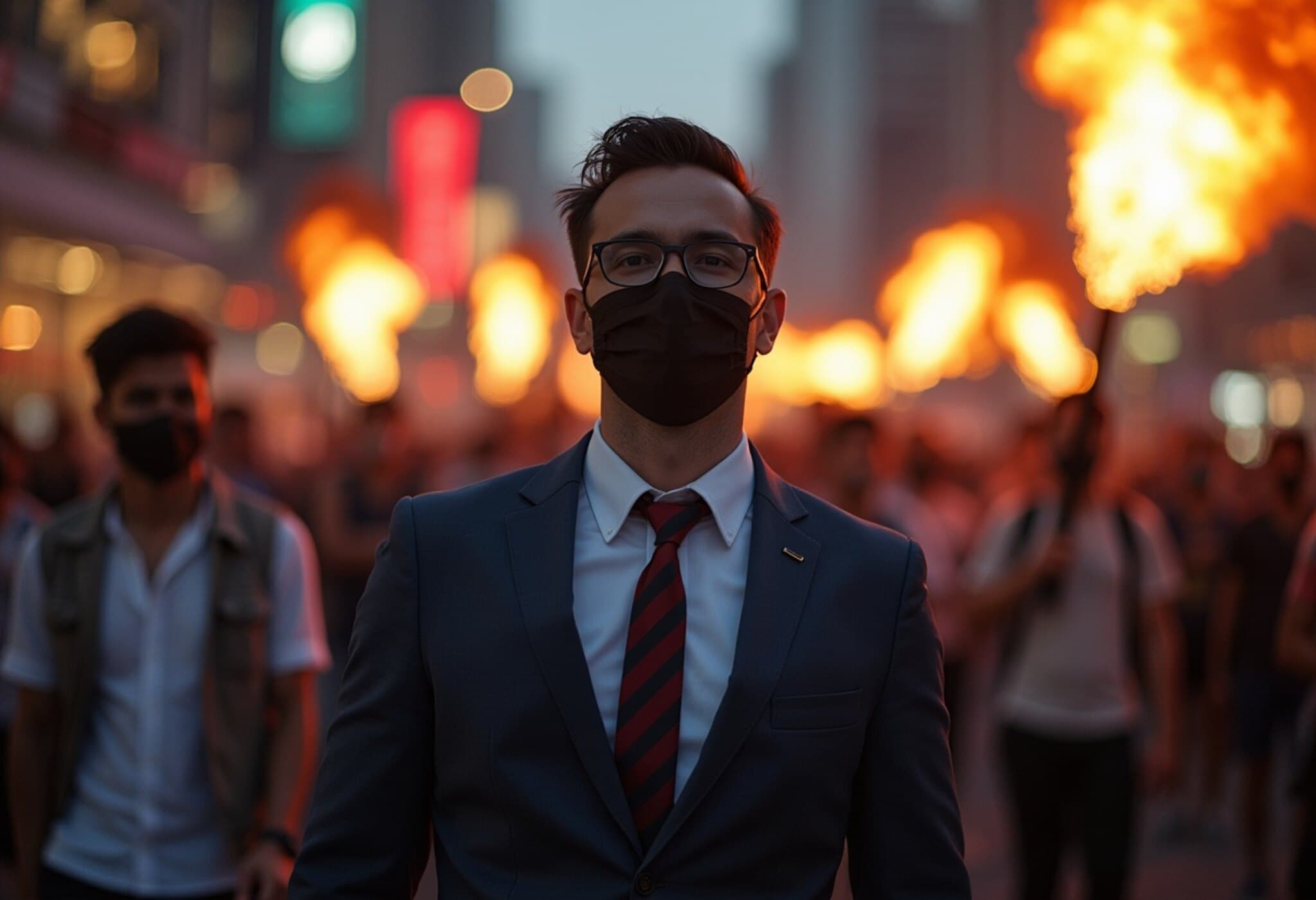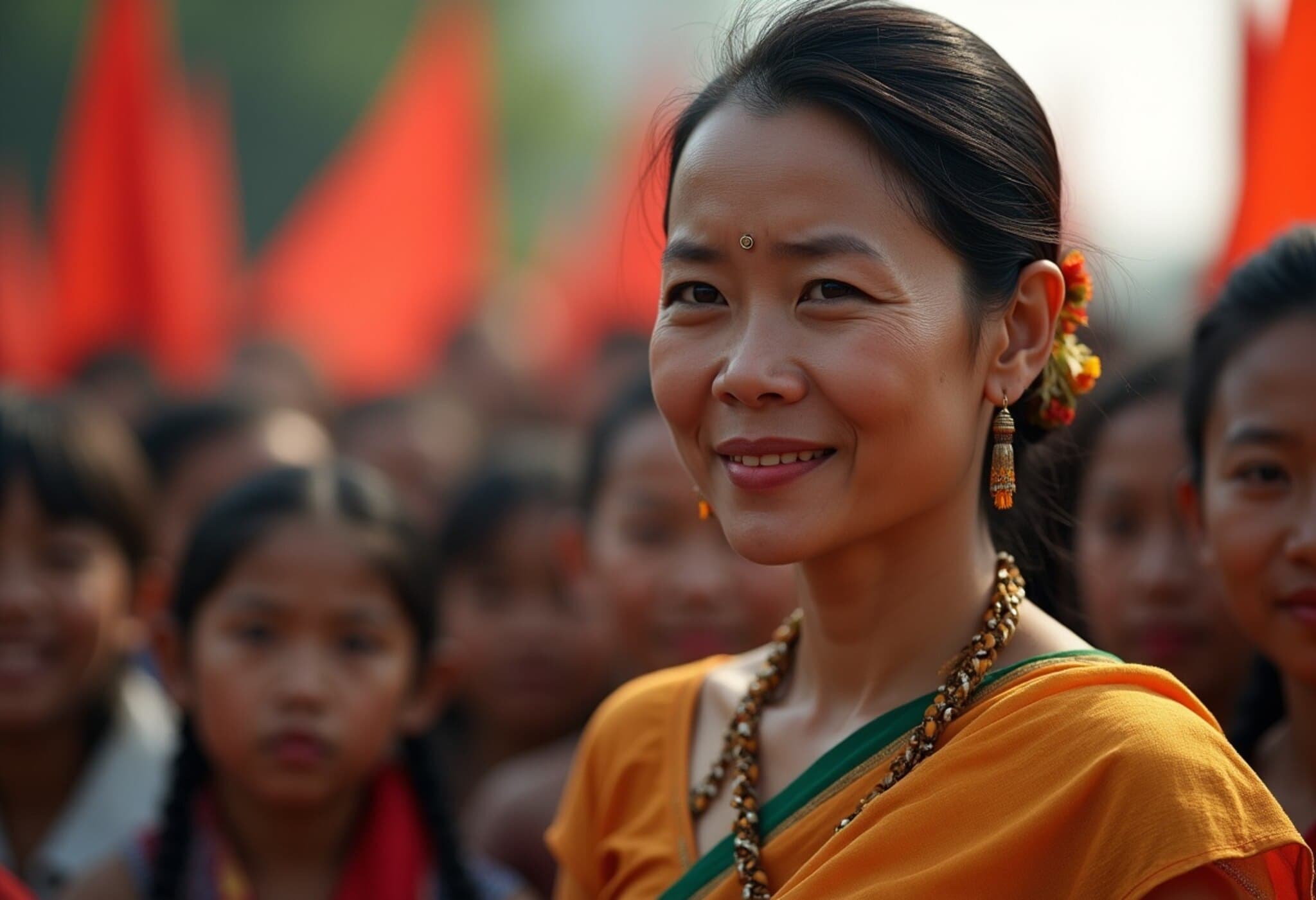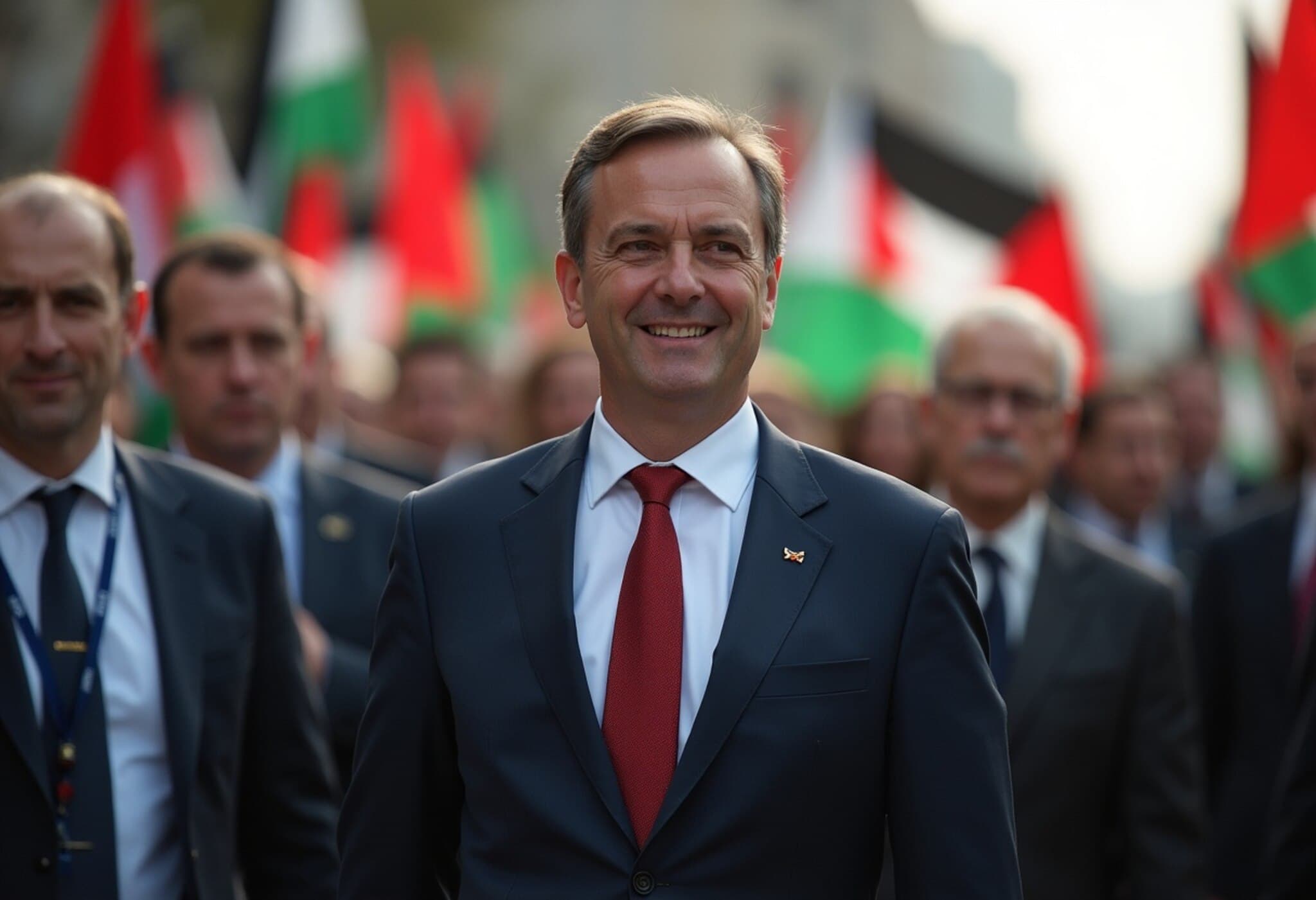Escalating Cambodia-Thailand Conflict Forces Mass Displacement
The ongoing border skirmish between Cambodia and Thailand has reached a critical point, marking the most intense artillery exchange in over a decade. As of July 25, 2025, the violence has forced more than 100,000 civilians to flee their homes on the Thai side, with the death toll rising to at least 15 and dozens more injured.
Heavy Shelling Resumes Amid Persistent Border Dispute
Both nations have traded heavy artillery fire since early Friday, particularly around Thailand's Ubon Ratchathani and Surin provinces. The Thai military has confirmed that Cambodian forces deployed field artillery and Russian-made BM-21 Grad rocket launchers, signaling a sharp escalation from previous, smaller-scale confrontations.
According to statements from the Thai military, their forces have been engaged in what they describe as "appropriate supporting fire" to counter sustained bombardment, intensifying the conflict that spans nearly 130 miles along a historically contested border.
Human Impact Amid Military Maneuvers
Reuters correspondents stationed in Surin province reported frequent explosions punctuating the otherwise serene agrarian landscape. The military presence is palpable, with armored vehicles and tanks moving steadily toward the frontier, emphasizing the severity and readiness of Thailand’s response.
The casualty figures underscore the devastating human toll — fourteen civilians among the fifteen fatalities reported in Thailand, alongside 46 wounded, including 15 soldiers. In contrast, official Cambodian reports on casualties and evacuations remain sparse, though local authorities in Oddar Meanchey province have confirmed one civilian death and the evacuation of 1,500 families.
Diplomatic Fallout and Military Deployments
This resurgence of violence came shortly after Thailand’s diplomatic protest: recalling its ambassador and expelling its Cambodian counterpart following an incident in which a Thai soldier lost a limb to a landmine, alleged to have been planted by Cambodian troops—a claim Phnom Penh denies.
Thailand’s deployment of six F-16 fighter jets—an uncommon combat maneuver—further highlights the stark military imbalance between the neighbors. Cambodia lacks air combat capabilities and fields significantly fewer military assets, a point noted by defense analysts at the International Institute for Strategic Studies (IISS).
International and Regional Responses
The United States, a longstanding ally of Thailand, has called for an immediate end to hostilities and the protection of civilians, urging a peaceful resolution. Meanwhile, Malaysian Prime Minister Anwar Ibrahim, chairing ASEAN, has actively engaged with both Bangkok and Phnom Penh officials to negotiate a ceasefire.
In his social media briefing, Anwar emphasized ASEAN’s commitment to unity and regional stability, expressing readiness to facilitate dialogue—a critical intervention considering the conflict's potential to destabilize wider Southeast Asia.
Contextual Analysis: Why This Matters
This border dispute, simmering for over a century, reflects deep-seated historical grievances compounded by nationalism and regional power dynamics. The recent escalation not only threatens human lives but also complicates economic ties and security cooperation within ASEAN.
Observers highlight the urgent need for third-party mediation, mindful of how escalated militarization, especially by asymmetric forces such as Thailand’s air capabilities, could set a dangerous precedent in regional conflicts elsewhere.
Looking Ahead: Questions That Remain
- What mechanisms can ASEAN enforce to ensure durable peace on this contested border?
- How might international actors balance deterrence with diplomacy to prevent further casualties?
- What humanitarian strategies can be deployed swiftly to support displaced populations and prevent long-term suffering?
Editor’s Note
As the Cambodia-Thailand confrontation escalates, it’s crucial to recognize the profound human cost and geopolitical stakes involved. This flashpoint, while regional in scope, highlights broader themes of historical territorial disputes and modern military asymmetries. A sustainable resolution will require not only ceasefire agreements but robust political dialogue, humanitarian aid, and confidence-building measures reflective of ASEAN’s role as a peace broker. Readers are encouraged to consider the multifaceted nature of such conflicts beyond headlines — where diplomacy, human stories, and security intersect in complex ways.


